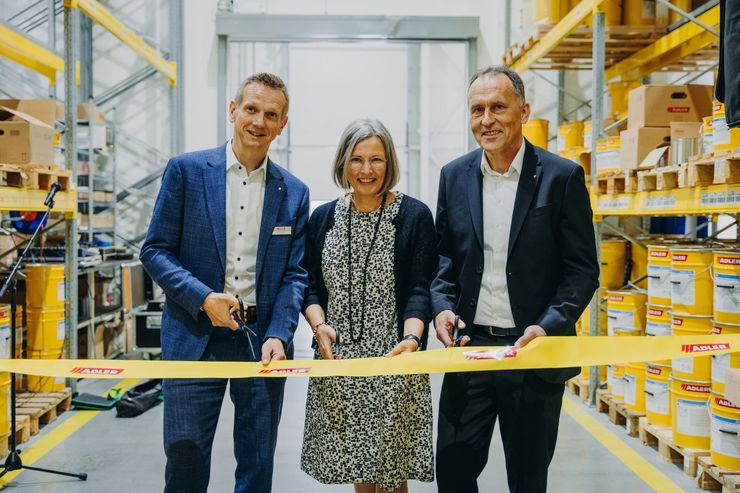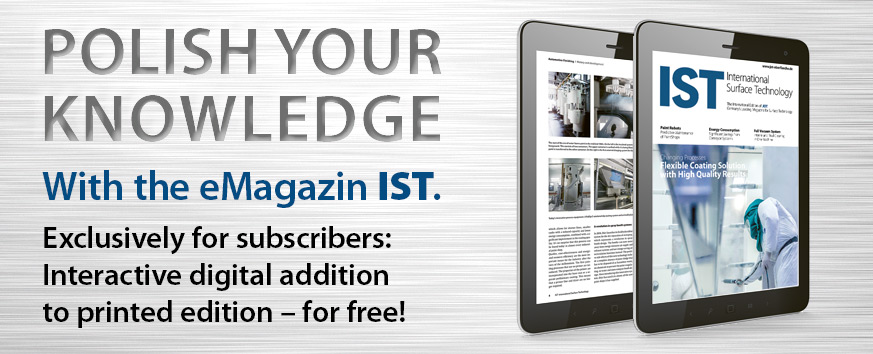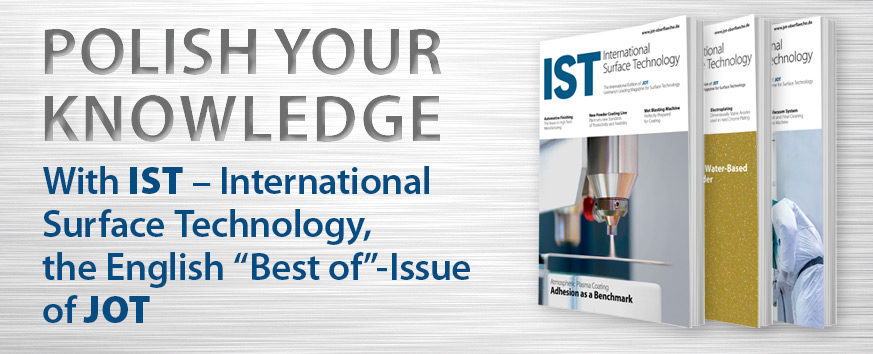Low-free technology can be used to produce polyurethane prepolymers that contain less than 0.1 percent by weight of free isocyanate monomer. They are therefore not affected by the planned European restriction process for diisocyanates and can continue to be used without new restrictions. In May 2018, the European Chemicals Agency (ECHA) presented its position paper on the planned restriction procedure for diisocyanates. It can be assumed that the European Union will adopt the proposed regulations on health protection. Even though there are still many open questions about various details and the timetable for the introduction of the measures, it is clear that the restrictions will have a significant impact on work and operating processes. In principle, they apply to the handling of basic diisocyanates, conventional two-component (2K) PU systems and PU prepolymers whose free diisocyanate monomer content exceeds 0.1 percent by weight. The restriction procedure provides for binding and verifiable technical measures for health protection and occupational safety. Only certified personnel may work with the materials. The training courses in particular are very complex. Around five million employees along the entire value chain of the PU industry are affected - from manufacturers and importers to system houses, formulators and processors. The restrictions are only expected to come into force after a transition period of four to six years. However, many users are already facing up to the new requirements and are looking for solutions and substitution options.
Purification step reduces diisocyanate content in prepolymer
Lanxess' low-free PU prepolymers (adiprenes) are a suitable material alternative that minimizes exposure to free isocyanate and thus circumvents the new restriction process. They are produced using low-free (LF) technology and contain less than 0.1 weight percent free diisocyanate. The technology can be applied to various diisocyanate prepolymers, including high-boiling isocyanates such as MDI or IPDI-based systems. Since the free diisocyanate content is less than 0.1 percent by weight, the LF prepolymers are not classified as harmful to health. Corresponding product labeling obligations are avoided. The possibility of circumventing the new restriction process with LF prepolymers is a great help, especially for producers and users of coatings, adhesives and sealants.
Autor(en): Gerald King, Michael Timm, Dr. Polina Ware / Lanxess







